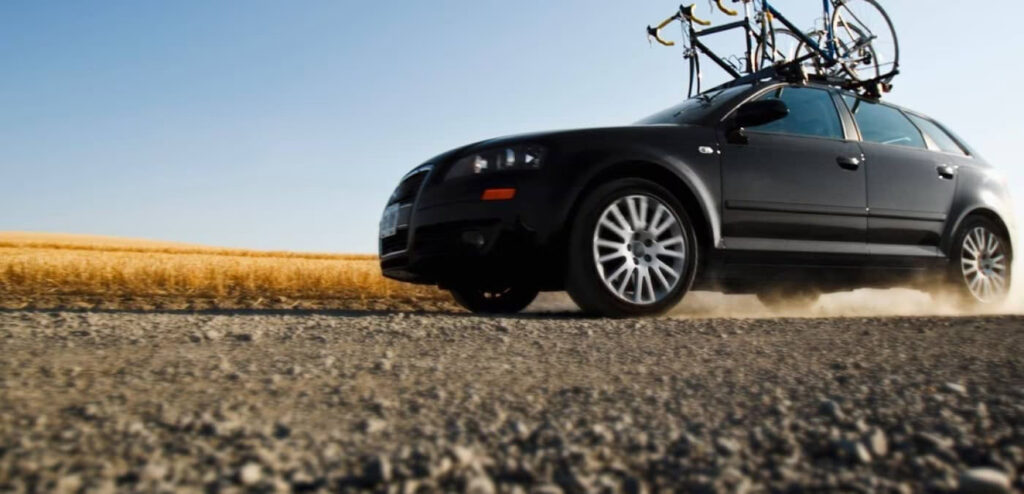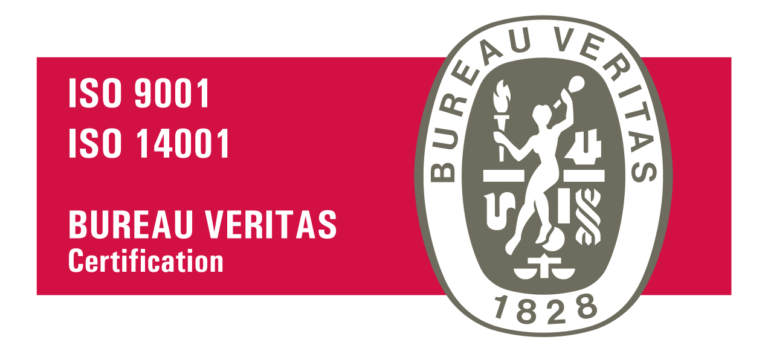Tyre alignment, also known as wheel alignment, can help your...
Read More
From fill-ups to tune-ups to wear-and-tear parts like tires and brakes, if it seems like a good chunk of your paycheck goes directly into your car, you’re not alone. The U.S. Department of Commerce’s Bureau of Economic Analysis estimates that transportation costs equal about 12.9% of the typical household’s income. So, how can you stretch your money when it comes to your car? Here are five tips to help get the most life out of your tires.
It’s important to always check tire pressure before heading out on a long trip or when carrying extra load. Driving on tires with improper inflation pressure is dangerous and can cause tire damage as well as affect the vehicle’s ride, handling and fuel economy. Check your vehicle owner’s manual for the manufacturer recommended tire pressure for all your tires, including your spare. Remember that tire pressure should be checked when the tires are “cold” which means when your car hasn’t been driven for three hours or for less than a mile at moderate speed.
When it comes to tires, bald is hardly beautiful. Tires should have more than 2/32-inch tread dept. Use a tread depth gauge, or check by inserting a penny into each tread groove with Lincoln’s head upside down. If you can see the top of Lincoln’s head, the tire is worn out and needs to be replaced. Also look for uneven wear, such as wear on one side of the tread. Flat spots may indicate a problem with the tire and should be checked by a tire service professional as soon as possible.
Take a moment to closely inspect the state of your tires. Check for any cuts, cracks, splits or bruises in the tread and sidewall area. Also, bumps or bulges could mean separation within the tire body. If found, head to the nearest tire service professional before heading out to avoid the interruption and headache brought on by tire failure.
Before leaving for a road trip, it’s a good idea to have a vehicle’s tires rotated. Rotating your tires regularly (as recommended by the vehicle manufacturer, or every 5,000 miles) promotes even tread wear and helps the tire perform as designed.
Vehicles have maximum weight recommendations which can be found in your vehicle owner’s maual. Your tires also have a maximum load rating stamped on their sidewall. Obeying these limits is important since excessive loads are hard on the tires and adversely affect the vehicle ride and handling. The heavier the car, the worse the fuel economy will be, as well.
TUV Rheinland Chassis Dynamometer Test according to UNECE-R83 and UNECE-R101, Vehicle: Toyota Camry 2.0G, Fuel Tank: 70L, Tire Size: 215/60R16, Inflation Pressure: 230kpa, Drive Condition: Urban (City)
The FIA is the voerning body for world motor sport and the federation of the world’s leading motoring organizations. Founded in 1904, with headquarters in Paris, the Fédération Internationale de l’Automobile (FIA) is a non-profit making association. It brings together 241 international motoring and sporting organizations from 146 countries on five contents. Its member clubs represent millions of motorists.
Tyre alignment, also known as wheel alignment, can help your...
Read MoreThroughout the life of your vehicle, your tyres will need...
Read MoreIt’s been more than a century since rubber tyres started...
Read More© 2023 All Rights Reserved, Philippine Allied Enterprises Corporation

The exclusive distributor of Bridgestone tires in the Philippines